Home>Furniture & Design>Outdoor Furniture>What Is The Best Tile Adhesive For Outdoor Use?
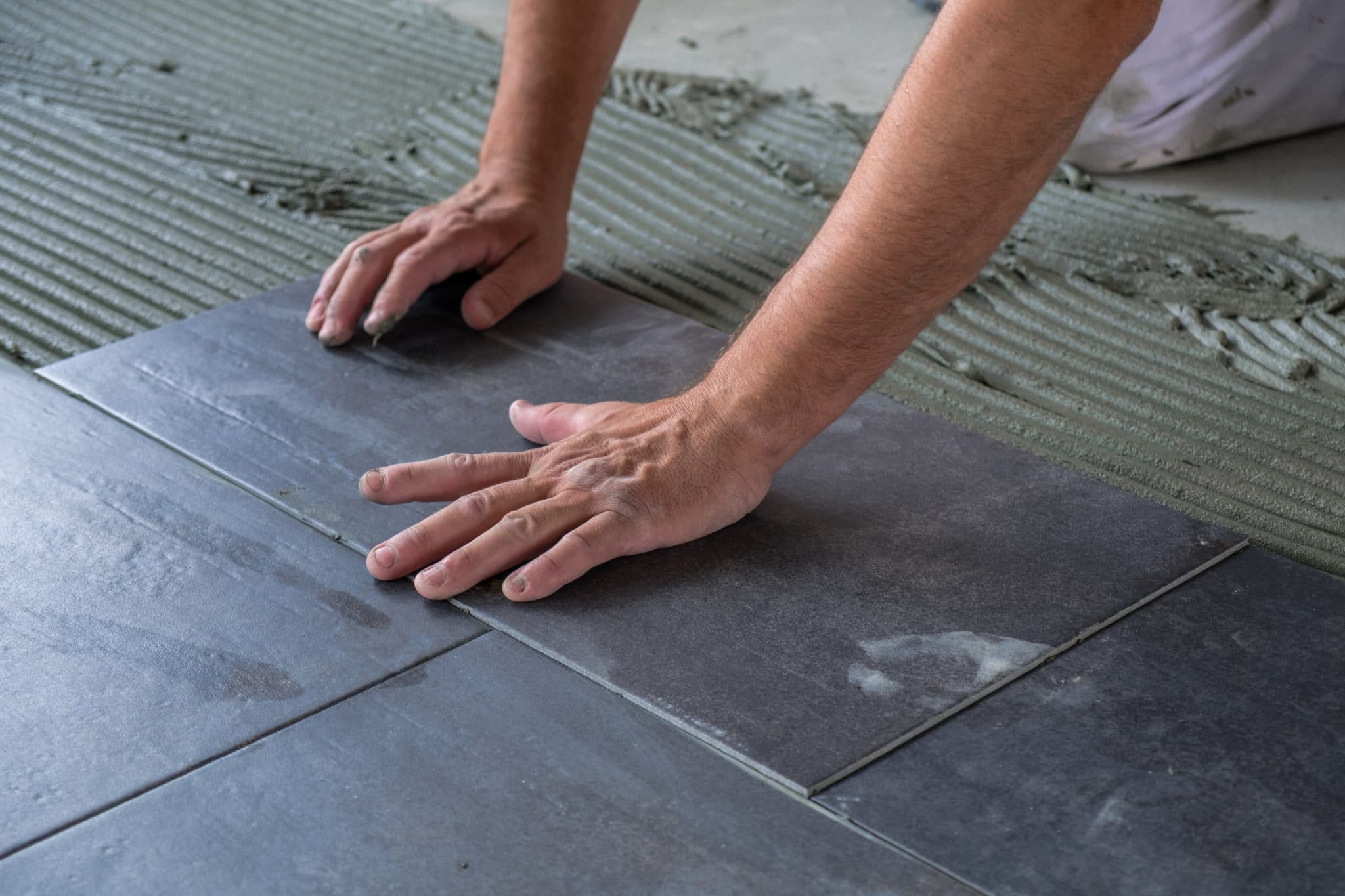

Outdoor Furniture
What Is The Best Tile Adhesive For Outdoor Use?
Published: January 16, 2024
Discover the best tile adhesive for outdoor furniture and design. Find the perfect solution for your outdoor tiling needs.
(Many of the links in this article redirect to a specific reviewed product. Your purchase of these products through affiliate links helps to generate commission for Storables.com, at no extra cost. Learn more)
Introduction
Introduction
Welcome to the world of outdoor design and furniture! As you embark on the journey of enhancing your outdoor space, one crucial aspect to consider is the selection of the best tile adhesive for outdoor use. Whether you are planning to revamp your patio, create a stunning outdoor kitchen, or construct a captivating pathway, the choice of tile adhesive plays a pivotal role in ensuring the longevity and beauty of your outdoor tiles.
Choosing the right tile adhesive for outdoor applications involves considering various factors such as weather resistance, durability, and application techniques. With a myriad of options available in the market, it’s essential to understand the different types of tile adhesives suitable for outdoor use and the best practices for their application and installation.
In this comprehensive guide, we will explore the key considerations when selecting tile adhesive for outdoor projects, delve into the types of tile adhesives best suited for outdoor use, and provide valuable tips for their application and installation. By the end of this journey, you will be equipped with the knowledge to make informed decisions and transform your outdoor space into a captivating oasis of beauty and functionality.
Factors to Consider When Choosing Tile Adhesive for Outdoor Use
Key Takeaways:
- Choose the right outdoor tile adhesive by considering weather, durability, water and UV resistance, flexibility, and substrate compatibility for long-lasting and beautiful outdoor spaces.
- Follow proper application and installation tips, including surface preparation, trowel selection, tile placement, grouting, and maintenance, to ensure professional and durable outdoor tile projects.
Read more: What Adhesive To Use On A Shower Tile
Factors to Consider When Choosing Tile Adhesive for Outdoor Use
When venturing into outdoor design projects that involve tiling, selecting the right tile adhesive is crucial for ensuring the longevity and performance of the installation. Several key factors should be taken into account when choosing tile adhesive for outdoor use:
-
Weather Resistance: Outdoor tiles are exposed to diverse weather conditions, including rain, sunlight, and temperature fluctuations. Therefore, the chosen tile adhesive must exhibit exceptional weather resistance to withstand these elements without deteriorating. Look for adhesives specifically formulated for outdoor applications, as they are designed to maintain their integrity in various weather conditions.
-
Durability: Outdoor tile installations are subjected to heavy foot traffic, environmental stress, and potential impact from outdoor activities. Opt for a tile adhesive known for its durability and load-bearing capabilities. A robust adhesive will ensure that the tiles remain securely bonded to the substrate, preventing premature detachment or damage.
-
Water Resistance: Given the outdoor environment's exposure to moisture and occasional water pooling, the selected tile adhesive should possess excellent water resistance properties. This is particularly crucial for outdoor areas prone to frequent wetting, such as pool decks, patios, and outdoor showers. Water-resistant adhesives prevent water infiltration, reducing the risk of tile delamination and mold growth.
-
Flexibility: Outdoor surfaces are susceptible to slight movements caused by temperature changes and substrate shifts. Therefore, opt for a tile adhesive with flexibility characteristics that can accommodate such movements without compromising the bond between the tiles and the substrate. Flexible adhesives help prevent cracks and dislodgment in the tiled surface, ensuring long-term structural integrity.
-
UV Resistance: Continuous exposure to sunlight can cause certain tile adhesives to degrade and lose their bond strength over time. Choosing an adhesive with UV-resistant properties is essential for outdoor applications, as it ensures that the adhesive maintains its performance and structural integrity despite prolonged exposure to sunlight.
-
Substrate Compatibility: Consider the type of substrate or surface where the tiles will be installed. The selected tile adhesive should be compatible with the substrate material, whether it is concrete, cement board, or existing tiled surfaces. Ensuring compatibility will promote a strong and lasting bond between the tiles and the substrate.
By carefully evaluating these factors and selecting a tile adhesive that aligns with the specific requirements of your outdoor project, you can enhance the longevity, performance, and aesthetic appeal of your outdoor tile installations. Now that we have explored the essential considerations for choosing outdoor tile adhesive, let's delve into the types of tile adhesives best suited for outdoor use.
Types of Tile Adhesive Suitable for Outdoor Use
Types of Tile Adhesive Suitable for Outdoor Use
When it comes to outdoor tile installations, selecting the right type of tile adhesive is essential for ensuring a durable and long-lasting outcome. Several types of tile adhesives are well-suited for outdoor use, each offering unique characteristics and application benefits:
-
Cement-Based Tile Adhesive: Cement-based adhesives are widely used for outdoor tiling projects due to their exceptional strength and durability. These adhesives are formulated with Portland cement and are suitable for bonding various types of tiles to concrete substrates. They offer excellent water resistance and are ideal for outdoor applications exposed to moisture and environmental elements.
-
Modified Thinset Mortar: Modified thinset mortar is a popular choice for outdoor tile installations, especially in areas prone to temperature fluctuations. This type of adhesive contains polymers that enhance its flexibility and adhesion properties, making it suitable for outdoor surfaces that may experience slight movements. Modified thinset mortars are recommended for outdoor projects where flexibility and crack resistance are essential.
-
Epoxy Tile Adhesive: Epoxy adhesives are known for their exceptional bond strength and chemical resistance, making them suitable for demanding outdoor applications. They are ideal for areas exposed to harsh environmental conditions, heavy traffic, and chemical exposure. Epoxy adhesives provide a strong, resilient bond and are often used for outdoor tiling in commercial and industrial settings.
-
Polymer-Modified Dry-Set Mortar: Polymer-modified dry-set mortars offer enhanced adhesion and flexibility compared to traditional dry-set mortars. These adhesives contain a blend of Portland cement, sand, and polymers, providing improved bond strength and resistance to moisture. They are suitable for outdoor tile installations where flexibility and durability are paramount.
-
Organic Adhesive Mastics: Organic adhesive mastics are suitable for certain outdoor tiling projects, particularly those involving lightweight or translucent tiles. These adhesives are premixed and ready to use, offering convenience and ease of application. However, they are best suited for indoor or covered outdoor areas where they are not exposed to direct sunlight or extreme weather conditions.
By understanding the characteristics and application suitability of these different types of tile adhesives, you can make an informed decision based on the specific requirements of your outdoor tiling project. Now that we have explored the types of tile adhesives suitable for outdoor use, let’s delve into valuable tips for their application and installation.
Application and Installation Tips for Outdoor Tile Adhesive
When choosing a tile adhesive for outdoor use, look for a product that is specifically designed for exterior applications and is weatherproof. Make sure it is suitable for the type of tile you are using and can withstand temperature changes.
Application and Installation Tips for Outdoor Tile Adhesive
Proper application and installation of tile adhesive are essential for achieving a successful and long-lasting outdoor tile installation. Whether you are revamping your patio, creating an outdoor kitchen backsplash, or constructing a decorative pathway, the following tips will help you achieve a professional and durable outdoor tile installation:
-
Surface Preparation: Ensure that the substrate surface is clean, structurally sound, and free from any contaminants that could compromise the bond between the adhesive and the tiles. Remove any debris, grease, or loose particles from the surface and repair any cracks or uneven areas before applying the adhesive.
-
Choose the Right Trowel: Select the appropriate notch trowel based on the tile size and type of adhesive being used. The trowel’s notched side creates ridges in the adhesive, ensuring proper coverage and adhesion between the tiles and the substrate. Refer to the adhesive manufacturer’s guidelines for the recommended trowel size and notch configuration.
-
Mixing and Application: If using a cement-based adhesive or thinset mortar, follow the manufacturer’s instructions for mixing the adhesive to achieve the desired consistency. Apply the adhesive to the substrate using the notched side of the trowel, ensuring consistent coverage and ridge formation. Work in manageable sections to prevent the adhesive from drying out before the tiles are installed.
-
Tile Placement and Alignment: Carefully place the tiles into the adhesive, pressing them firmly and evenly to ensure proper contact and adhesion. Use tile spacers to maintain uniform grout joints and ensure precise alignment. Periodically check the tile layout and adjust as needed to achieve the desired pattern and alignment.
-
Grouting and Sealing: Once the adhesive has set and the tiles are firmly in place, allow the installation to cure according to the adhesive manufacturer’s recommendations. After the adhesive has cured, proceed with grouting the tile joints using a suitable outdoor grout. Ensure that the grout lines are thoroughly filled and clean off any excess grout from the tile surfaces. Consider applying a quality outdoor sealer to protect the grout and tiles from moisture and staining.
-
Curing and Maintenance: Allow the installed tiles and grout to cure fully before subjecting them to heavy foot traffic or exposure to moisture. Follow the adhesive and grout manufacturer’s guidelines for curing times and recommended maintenance practices. Regular maintenance, such as cleaning and resealing, will help preserve the beauty and integrity of the outdoor tile installation over time.
By adhering to these application and installation tips, you can elevate the quality and longevity of your outdoor tile projects, ensuring that they withstand the rigors of outdoor environments while maintaining their aesthetic appeal. With a solid understanding of the application and installation best practices, you are well-equipped to embark on your outdoor tiling endeavors with confidence.
Conclusion
Conclusion
Embarking on outdoor design and renovation projects offers a myriad of opportunities to transform your outdoor spaces into captivating and functional extensions of your home. When it comes to outdoor tile installations, the choice of tile adhesive plays a critical role in determining the durability, performance, and aesthetic appeal of the finished project.
By considering essential factors such as weather resistance, durability, water resistance, flexibility, UV resistance, and substrate compatibility, you can make informed decisions when selecting the most suitable tile adhesive for your outdoor applications. Whether you opt for cement-based adhesives, modified thinset mortars, epoxy adhesives, polymer-modified dry-set mortars, or organic adhesive mastics, understanding their unique characteristics will empower you to choose the best option for your specific outdoor tiling needs.
Furthermore, the proper application and installation of outdoor tile adhesive are paramount to achieving professional results that stand the test of time. Surface preparation, choosing the right trowel, meticulous tile placement and alignment, and appropriate grouting and sealing practices are essential steps in ensuring the longevity and performance of outdoor tile installations.
As you venture into your outdoor tiling endeavors, remember that attention to detail, adherence to best practices, and the selection of high-quality tile adhesives are key ingredients for creating stunning and enduring outdoor spaces. Whether you are revamping a patio, installing an outdoor kitchen backsplash, or creating a decorative pathway, the right tile adhesive, coupled with expert application techniques, will elevate the beauty and functionality of your outdoor environment.
Armed with the knowledge gained from this guide, you are well-prepared to embark on your outdoor tiling projects with confidence and expertise. Embrace the creative possibilities, unleash your design aspirations, and revel in the transformative power of outdoor tile installations. With the right tile adhesive and a touch of ingenuity, your outdoor spaces will become inviting havens of beauty and charm, enriching your lifestyle and creating lasting memories for years to come.
Frequently Asked Questions about What Is The Best Tile Adhesive For Outdoor Use?
Was this page helpful?
At Storables.com, we guarantee accurate and reliable information. Our content, validated by Expert Board Contributors, is crafted following stringent Editorial Policies. We're committed to providing you with well-researched, expert-backed insights for all your informational needs.
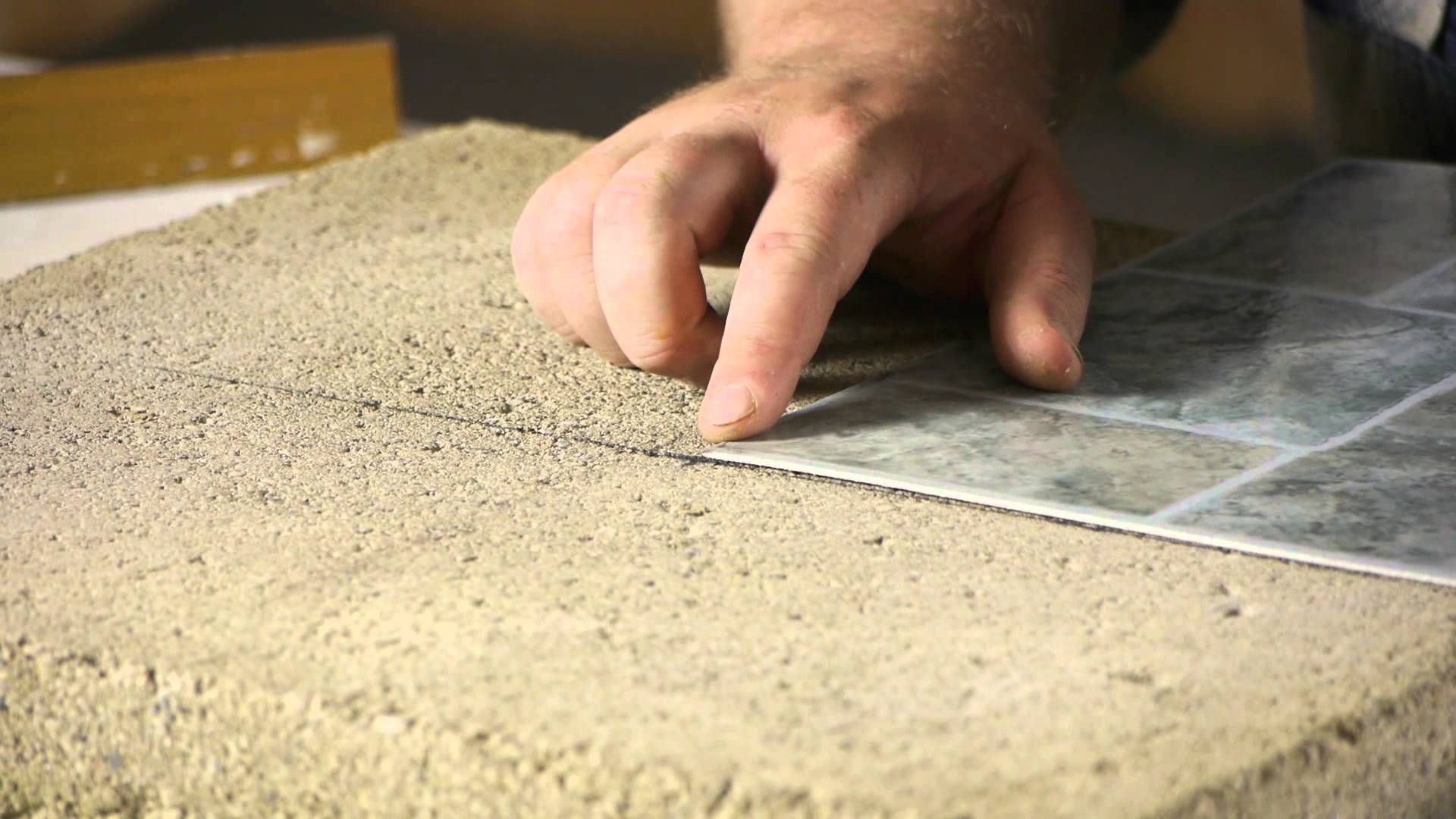
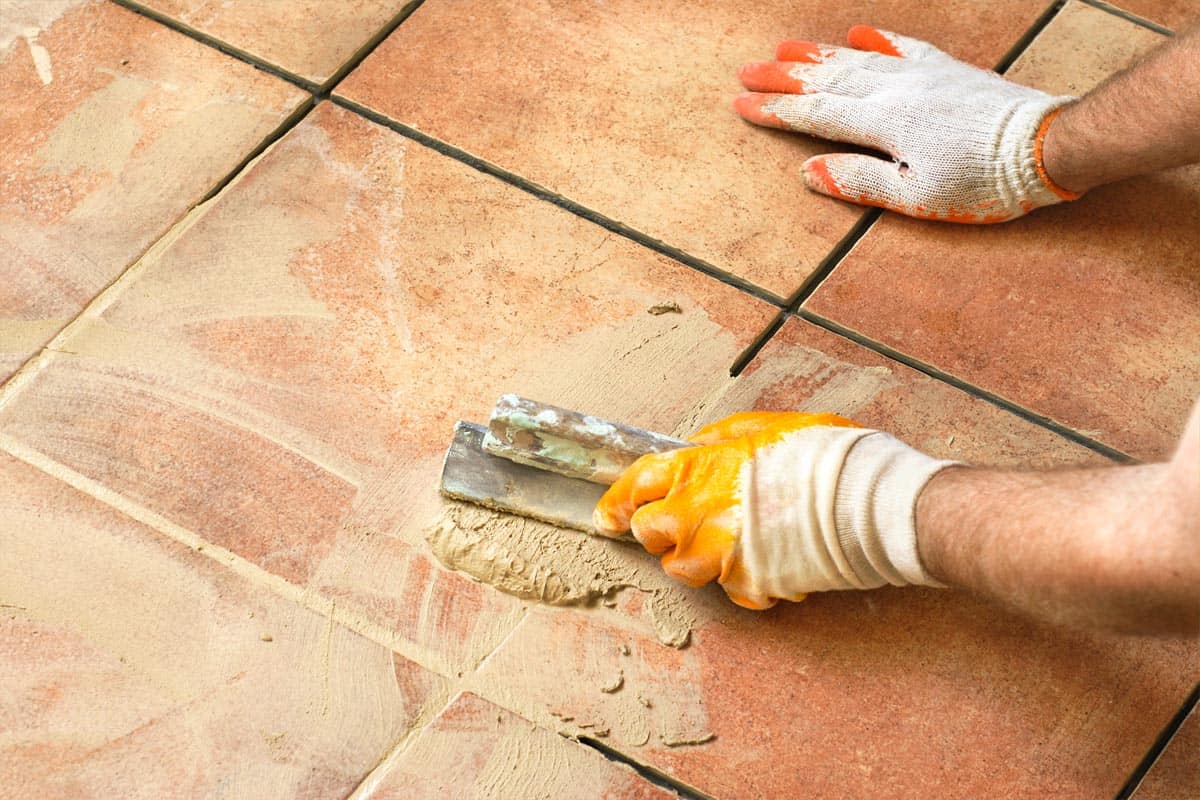
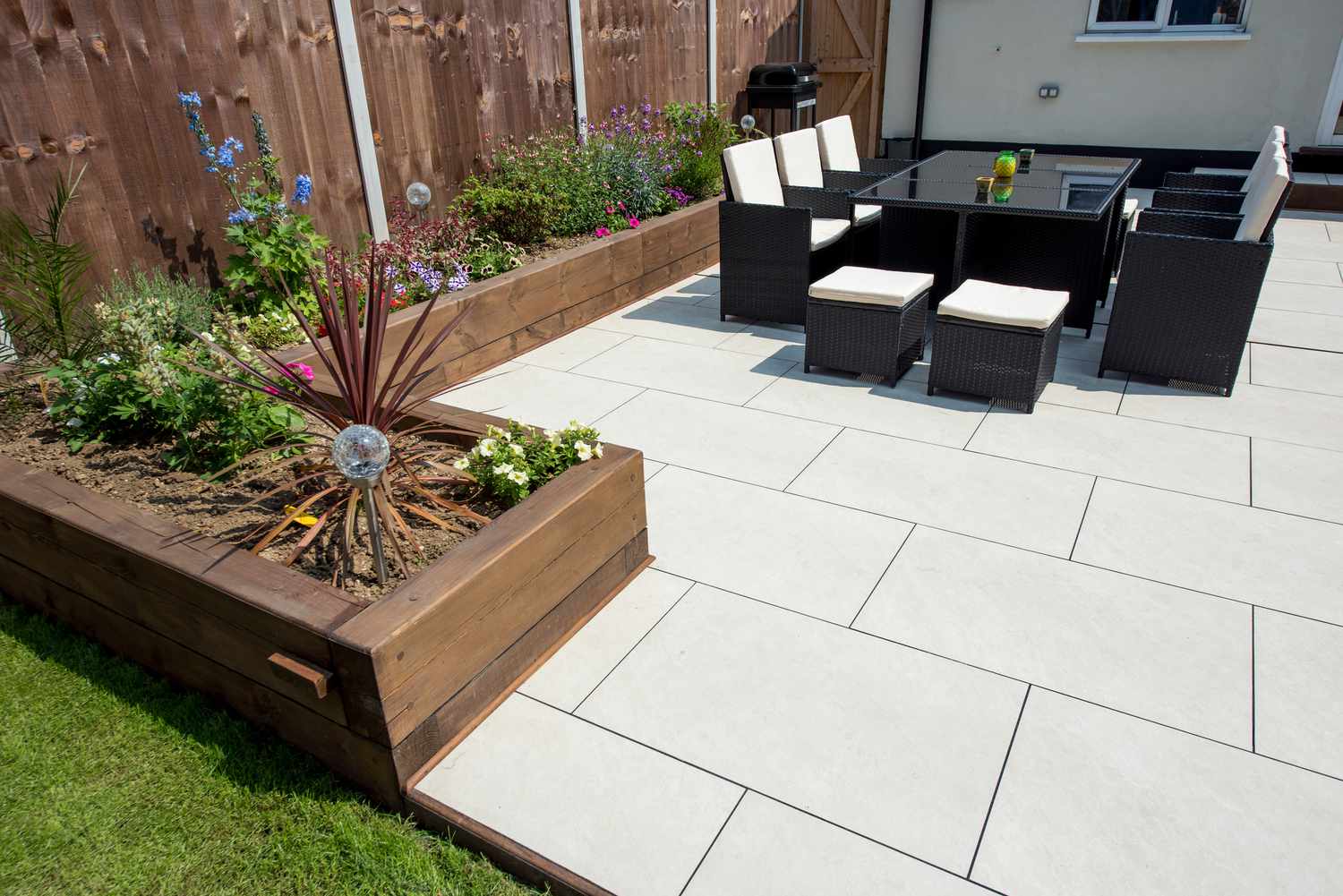
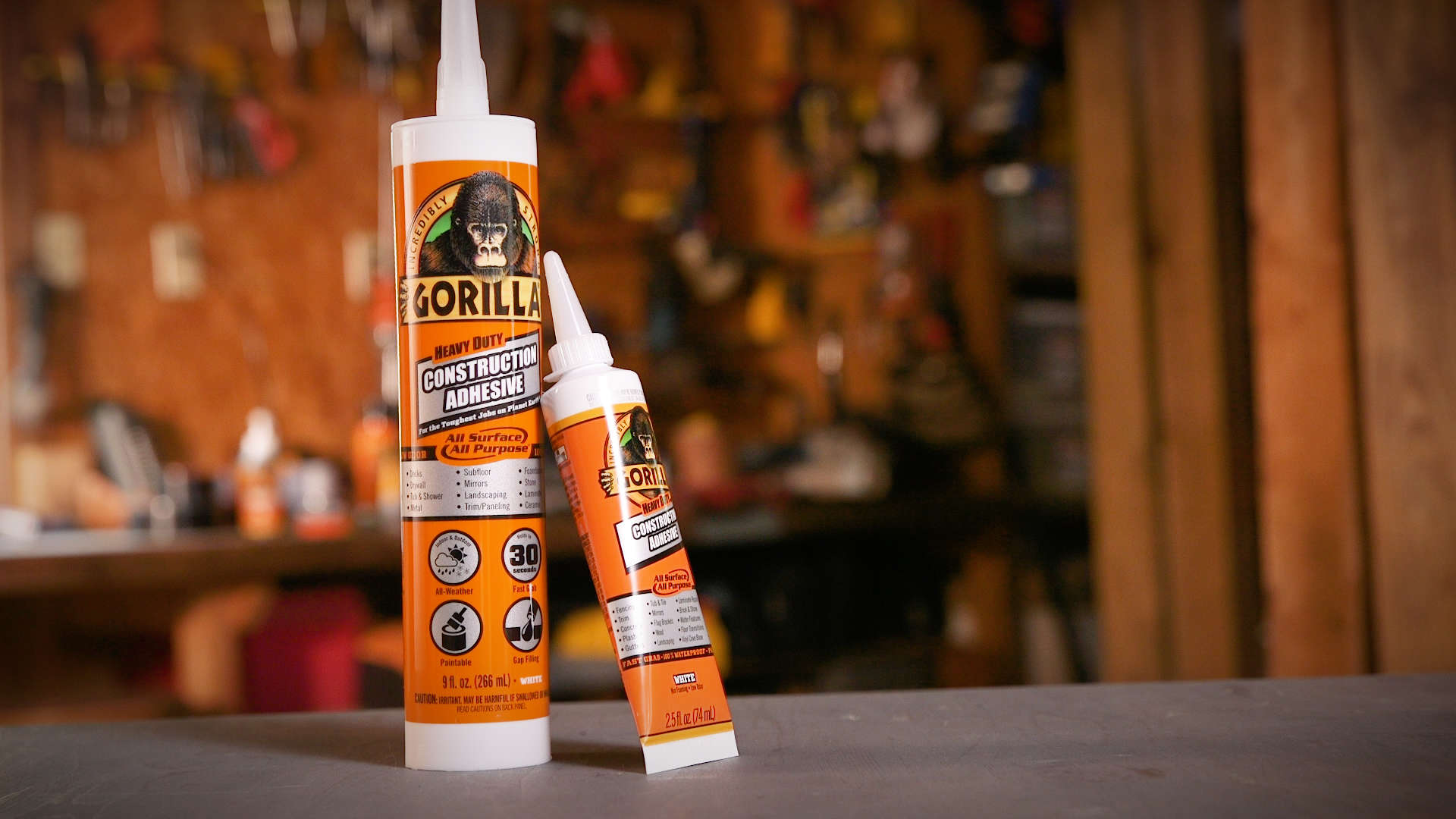
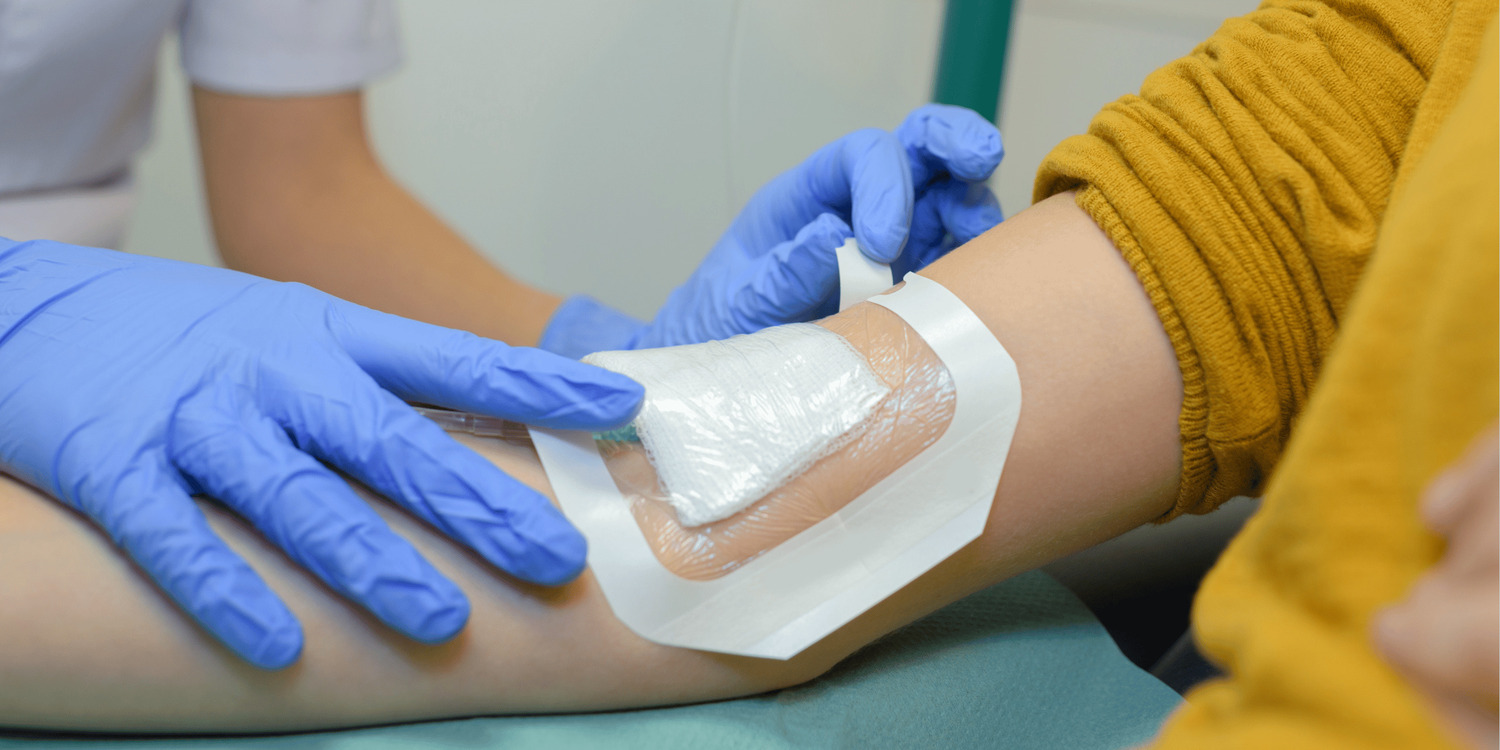
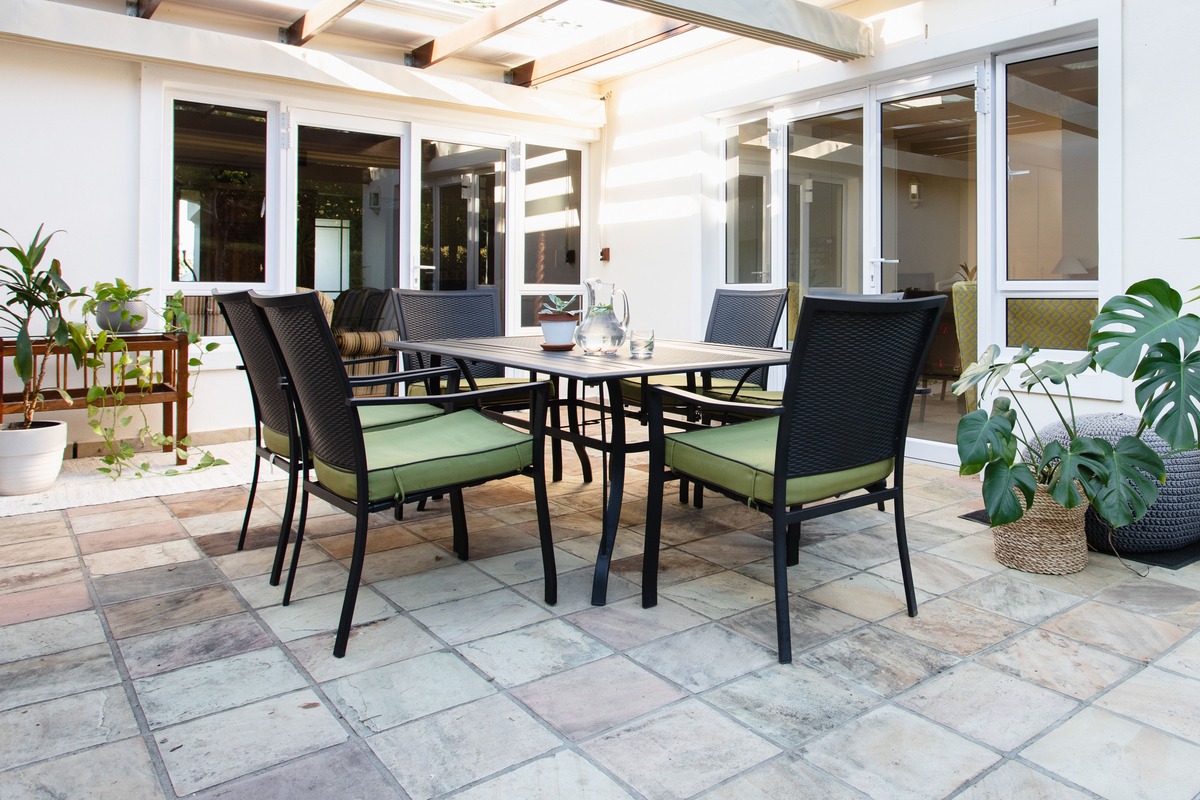
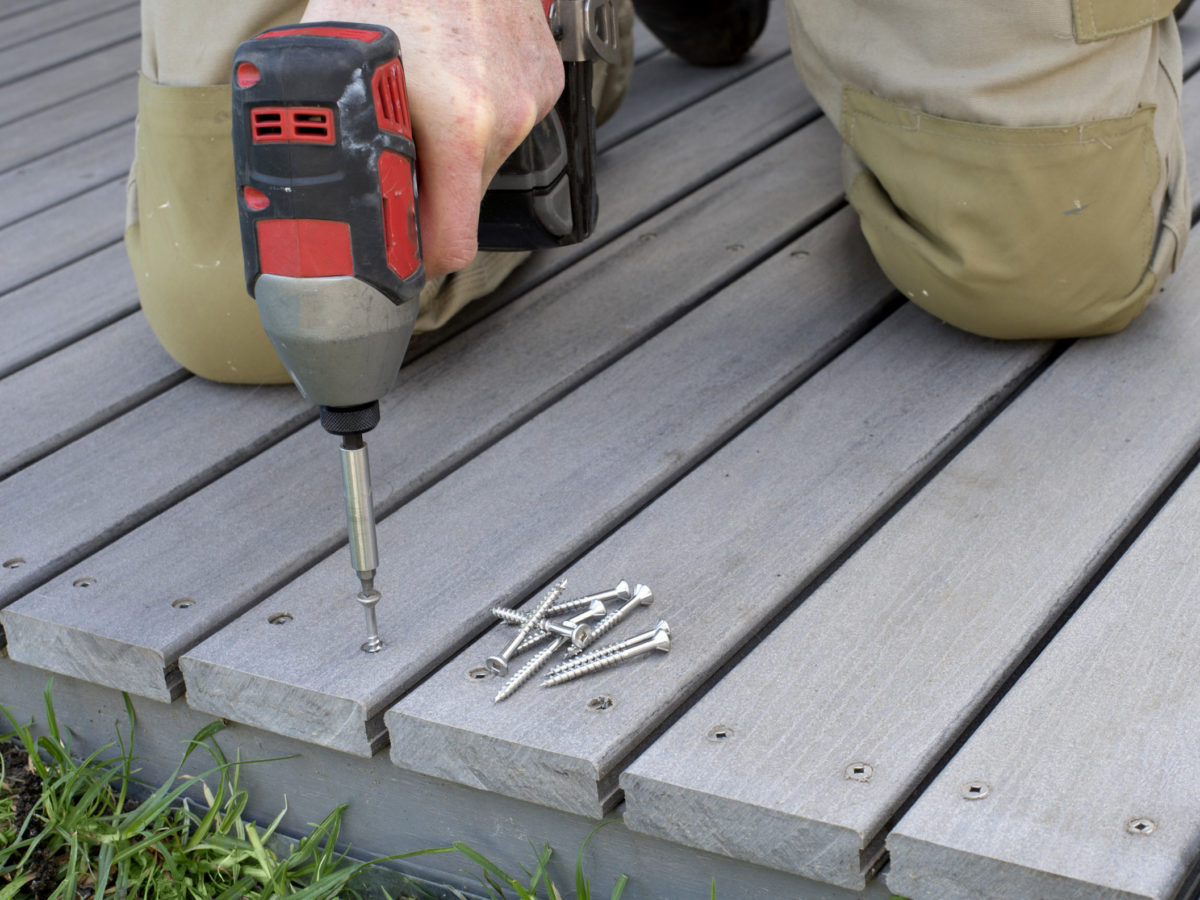

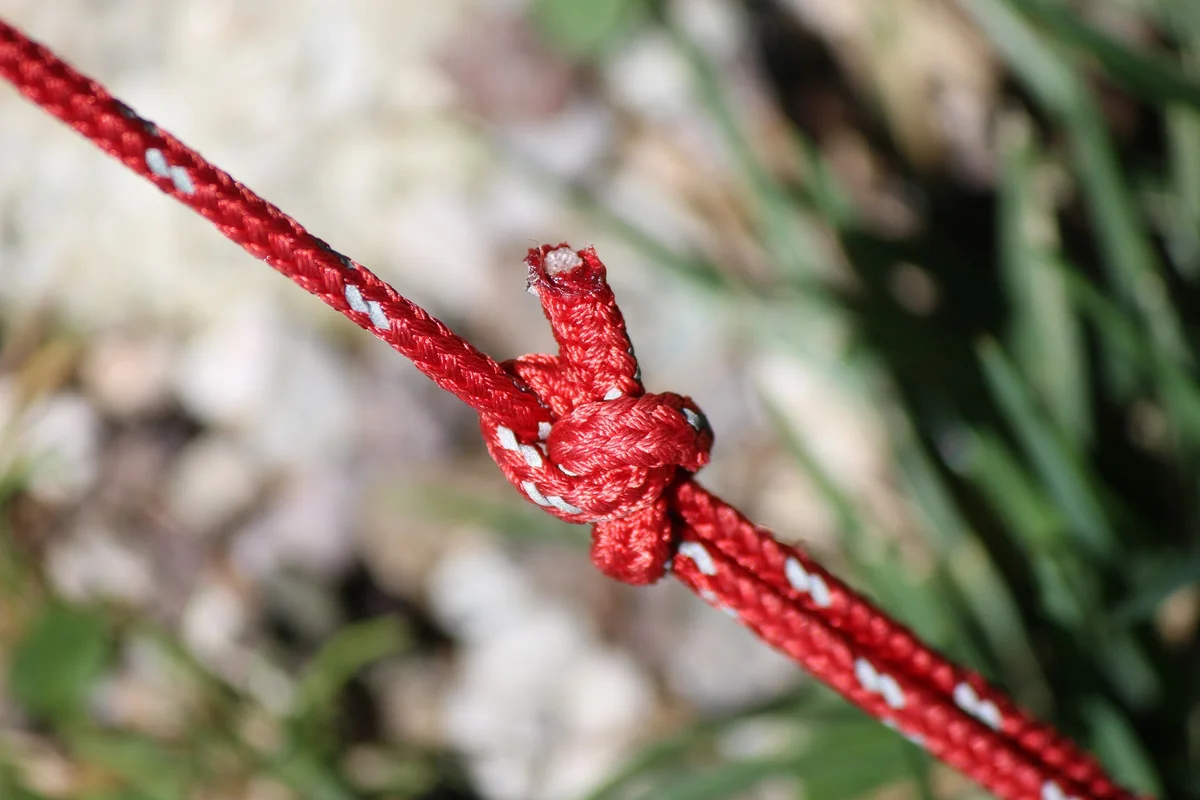
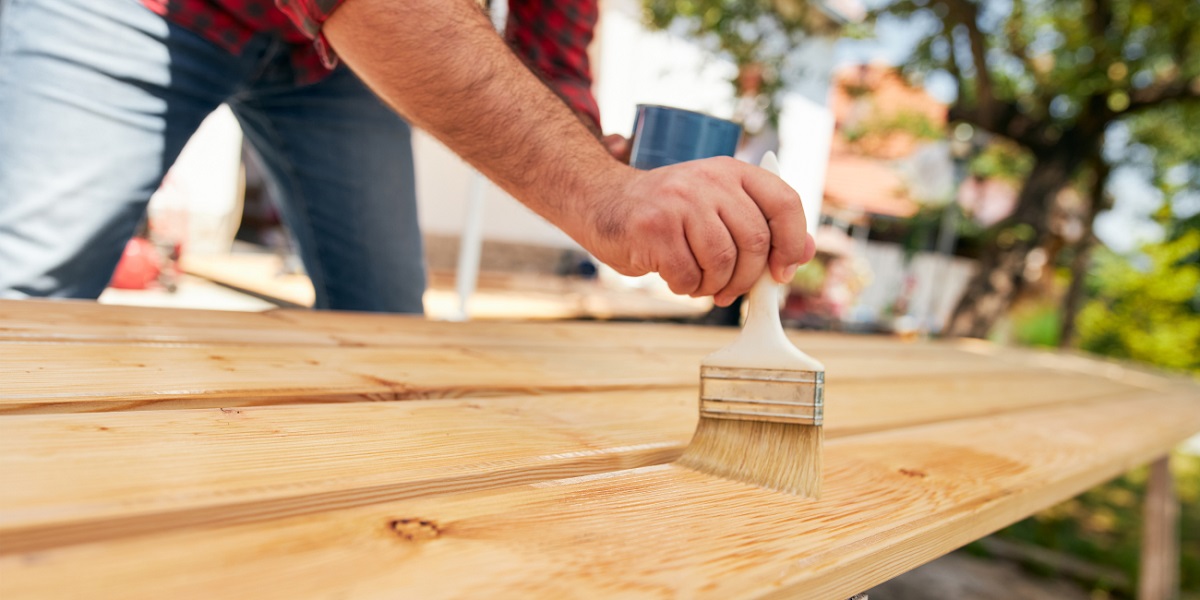
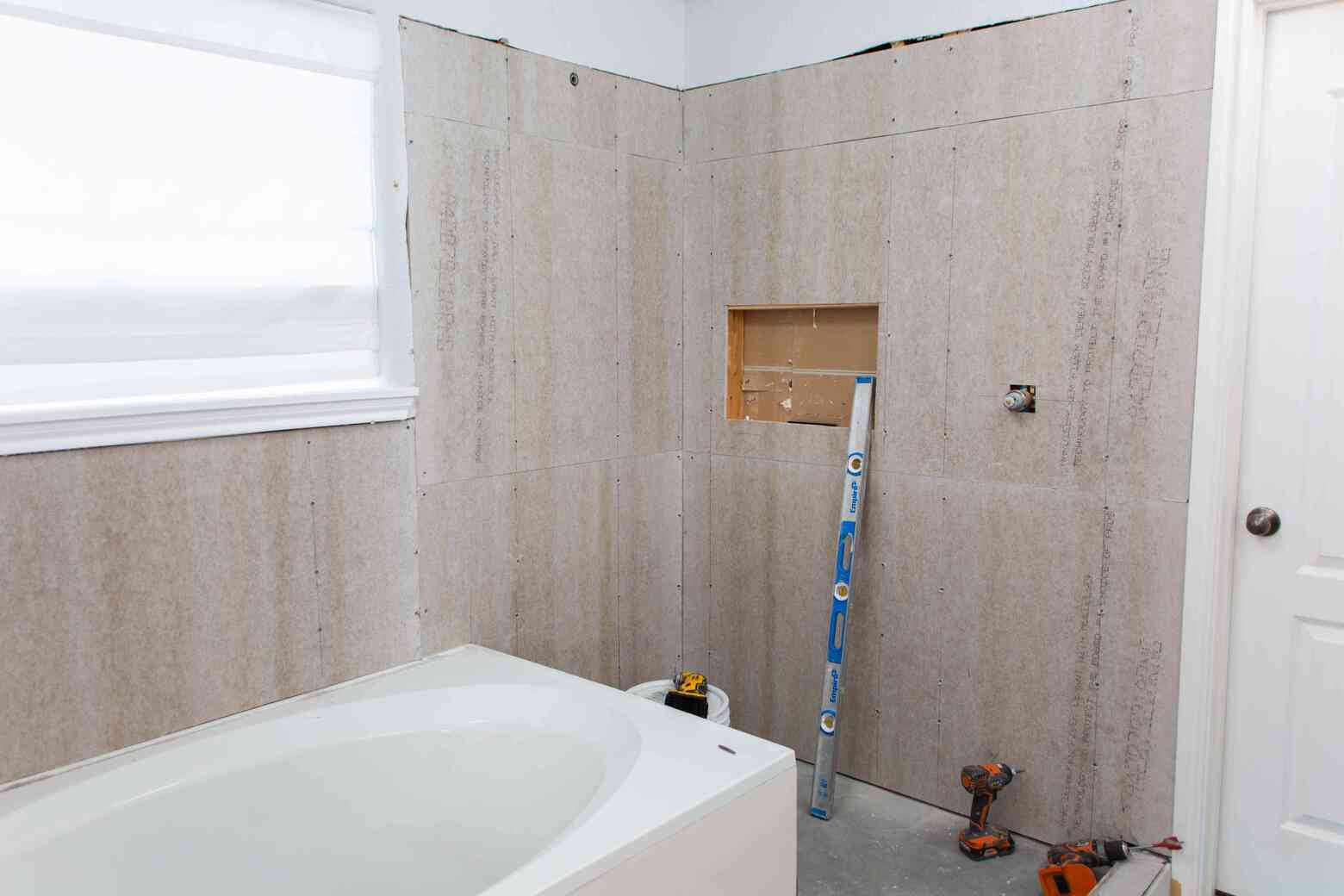
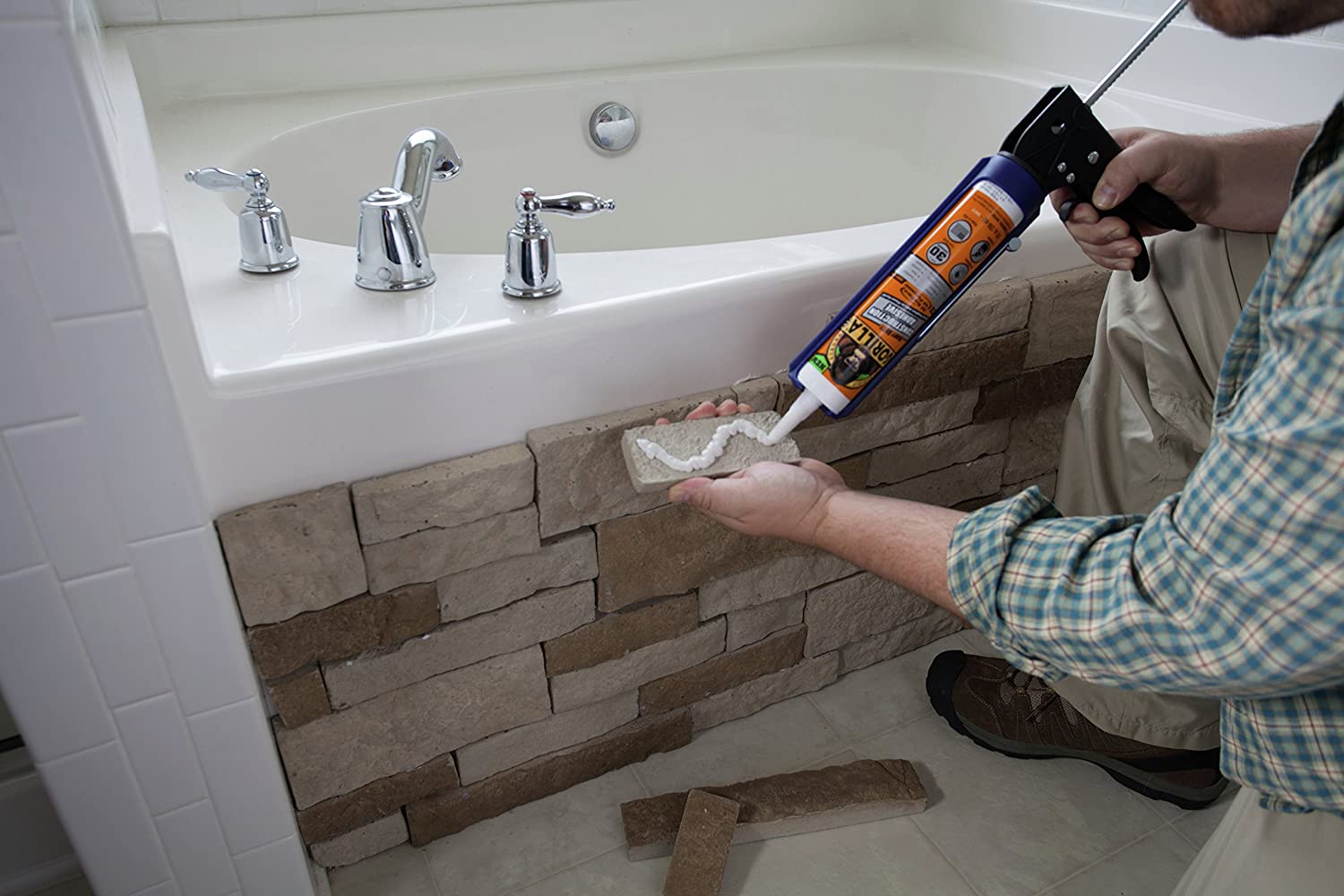
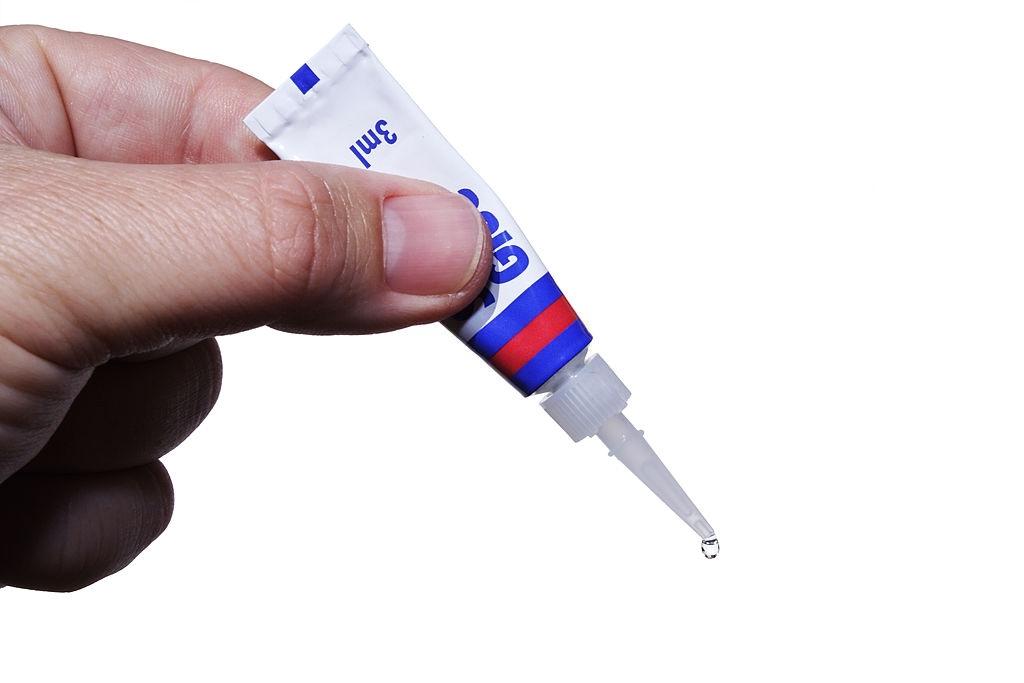

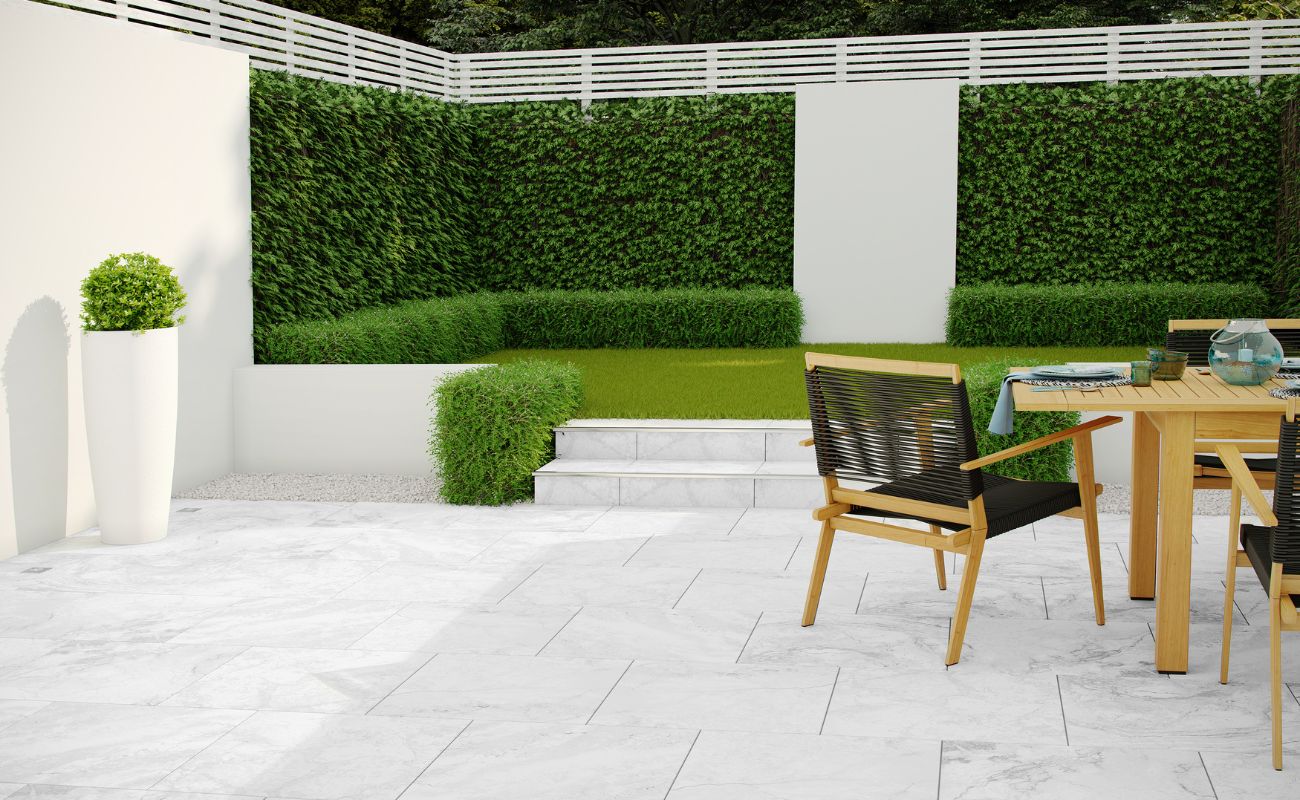

0 thoughts on “What Is The Best Tile Adhesive For Outdoor Use?”